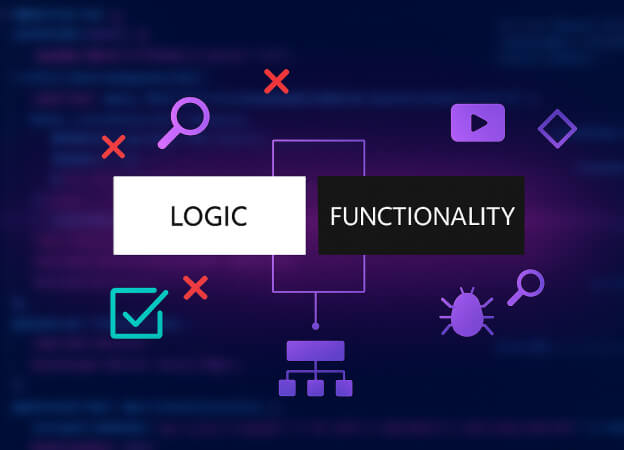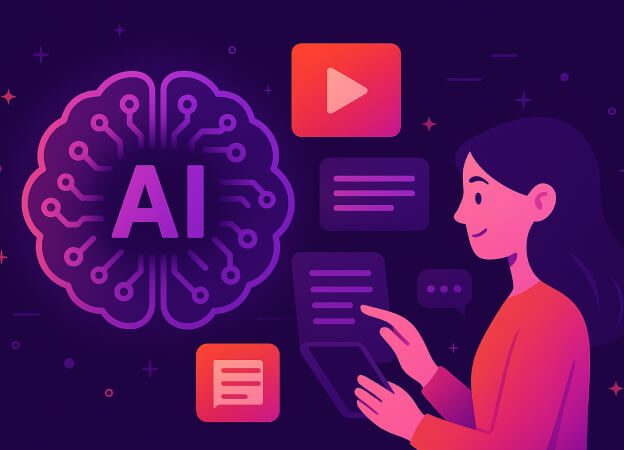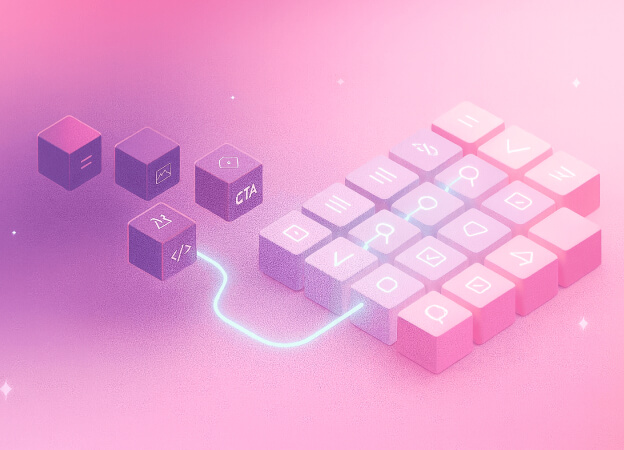In recent times, one question that runs in every tester’s mind is, “Am I losing my job to AI?” It’s a valid concern as automation and machine learning reshape quality assurance (QA). But is manual testing really dying or is it evolving into something more strategic?
Let’s dig in deeper…
Strengths of AI in Software Testing
AI powered testing tools provide several benefits over traditional methods, helping teams deliver faster and reliable releases:
Faster and more efficient: AI in software testing can automatically generate and execute test cases at high speed, including parallel execution across environments. This saves time by automating repetitive tasks such as running regression test cycles.
High test coverage: AI can ensure almost 100% mapping between requirements and testcases. This guarantees high test coverage which includes generating edge case scenarios that manual testers might miss to consider.
Self-healing tests: AI can auto correct or adapt test cases when the UI or code changes, resulting in less maintenance effort.
Predictive Analysis: AI can analyze past defects and system behavior. This helps teams predict possible failures. As a result, smoke testing and overall QA processes become more proactive.
Why manual testing still matters?
Despite the strengths of AI in software testing, manual testing remains essential. AI lacks human intuition, creativity and empathy, skills that manual testers bring to the table.
Exploratory testing: Manual testers think outside the box and excel in navigating software in unexpected ways.
Usability and UI/UX testing: Evaluating user experience requires human judgment. Manual testers play a key role in assessing usability and ensuring software meets user expectations.
Domain knowledge: Manual testers usually understand complex business rules and processes well. This helps them find problems that automated test scripts might overlook.
Risk-based test planning: Manual testers are important for deciding which tests to focus on. They use risk analysis and business impact to guide their choices. This helps in using QA resources more effectively.
What is changing?
AI isn’t eliminating testers, but it is reshaping their roles.
- Many are evolving into strategic positions such as QA engineers, test architects, and automation strategists.
- The focus is shifting from executing repetitive tasks to driving strategy, performing risk analysis, and improving automation frameworks.
- Upskilling is now essential, with greater emphasis on test automation, continuous testing, and DevOps practices to stay ahead.
Future of software testing
AI is transforming the way testing is done, but it’s not replacing people. The future of software testing will lie in combining the strengths of AI and manual testing.
AI-powered test automation will handle repetitive tasks, regression testing, and predictive analysis.
Manual testers will focus on exploratory testing, user experience (UX) evaluation, accessibility testing, and areas where human judgment and creativity are irreplaceable. The takeaway is clear: AI will not replace manual testers but will help them. By combining human creativity with AI efficiency, QA teams can release products faster and improve user experiences.
At [A], we assist organizations in managing this change. We use our expertise in software testing, AI automation, and QA strategy to help teams modernize their QA practices and stay ahead in a rapidly evolving industry. If you’re looking to strengthen your testing approach, we’d love to connect and explore how we can support your journey.




